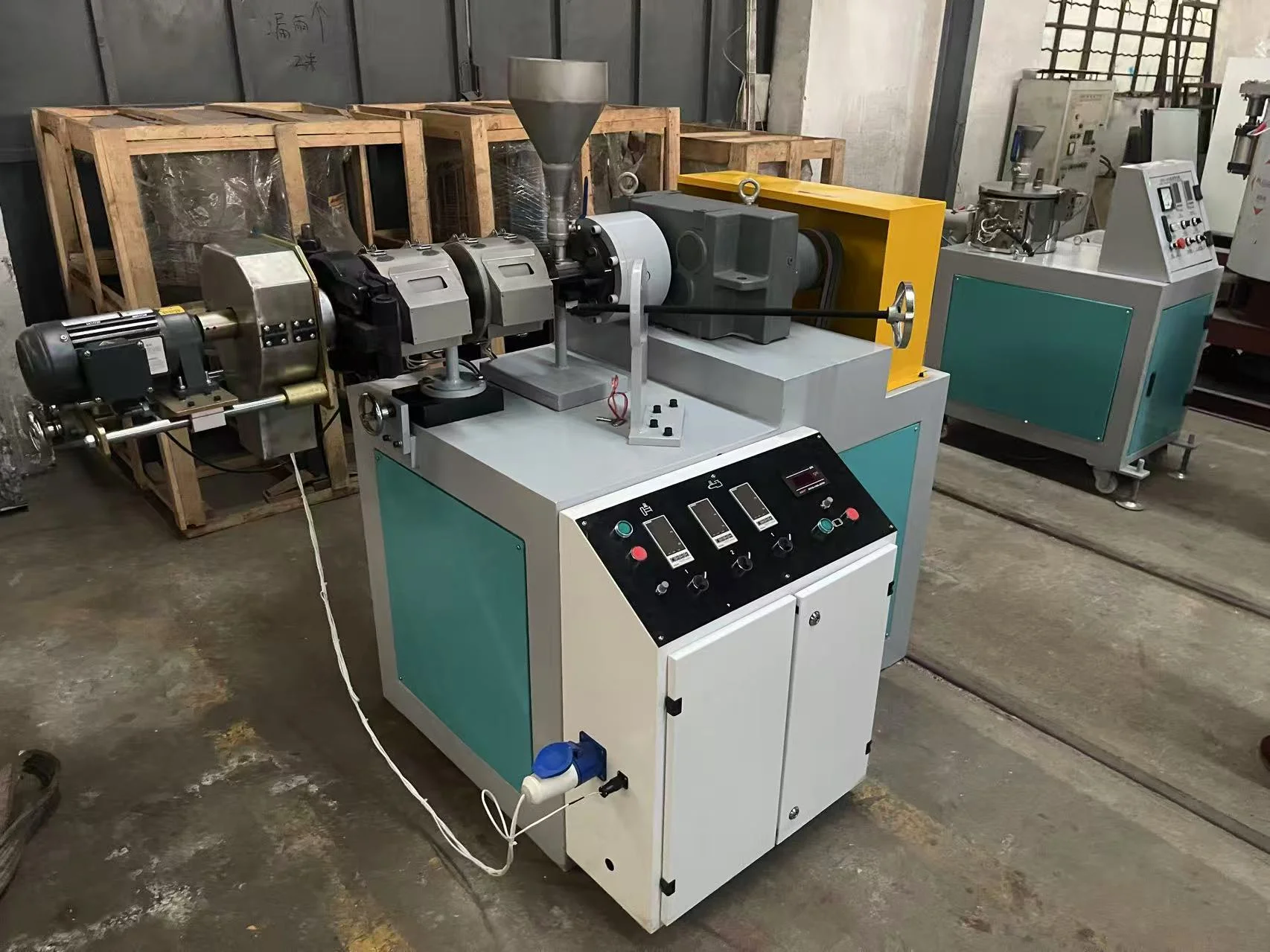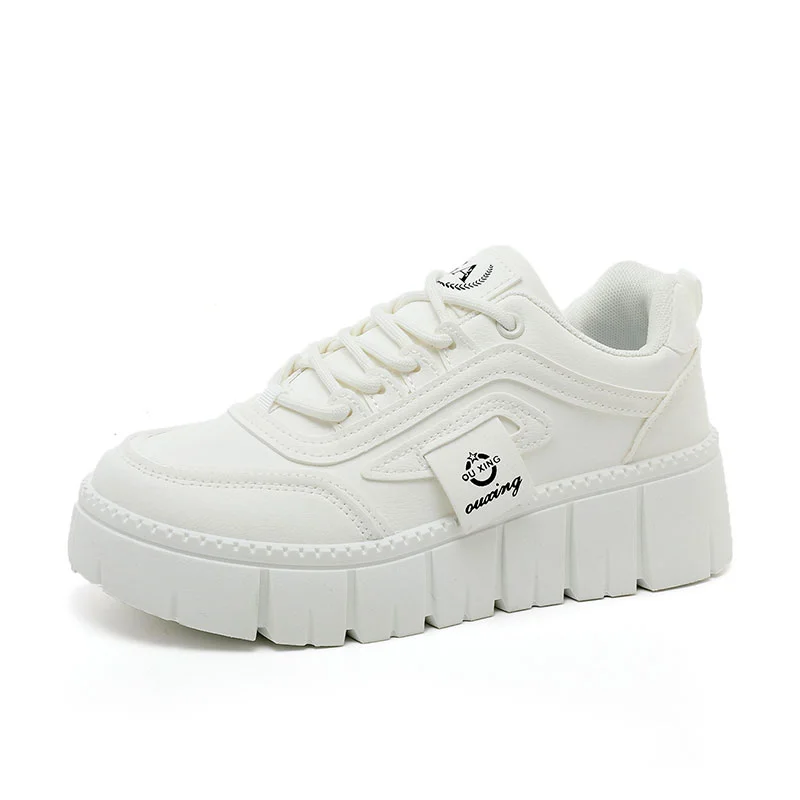Fashion design is a dynamic and multifaceted field that encompasses a wide range of styles, techniques, and specialties. From haute couture to streetwear, fashion designers have the power to shape trends and create unique garments that reflect individuality and cultural influences. In this article, we will delve into the different types of fashion design, providing a comprehensive overview of the industry's diverse landscape.
- Haute Couture:
At the pinnacle of fashion design, haute couture represents the epitome of luxury and craftsmanship. These one-of-a-kind creations are meticulously handcrafted, tailored to perfection, and often adorned with intricate details and embellishments. Haute couture garments are made to measure, ensuring a flawless fit and personalized experience for the wearer. This exclusive and highly specialized form of fashion design is reserved for a select clientele and is synonymous with elegance and opulence. - Pret-a-Porter:
Also known as ready-to-wear, pret-a-porter fashion design caters to a broader market, offering collections that are produced in standard sizes and available for purchase directly from stores. This type of fashion design strikes a balance between creativity and commercial viability, combining artistic vision with mass production techniques. Pret-a-porter collections are designed to be more accessible and affordable, allowing individuals to embrace current trends without the need for custom tailoring. - Avant-Garde:
Pushing the boundaries of conventional fashion, avant-garde design challenges traditional norms and explores innovative concepts. Avant-garde designers often experiment with unconventional materials, shapes, and silhouettes, creating garments that are thought-provoking and conceptually driven. This type of fashion design is characterized by its artistic expression, aiming to provoke emotions, challenge societal norms, and redefine the concept of fashion itself. - Sustainable Fashion:
In response to growing environmental concerns, sustainable fashion design has gained significant traction in recent years. This type of design focuses on minimizing the industry's ecological footprint by utilizing eco-friendly materials, implementing ethical production practices, and promoting fair trade. Sustainable fashion designers strive to create garments that are not only aesthetically pleasing but also socially and environmentally responsible, fostering a more conscious and sustainable approach to fashion consumption. - Streetwear:
Originating from urban subcultures, streetwear has evolved into a prominent fashion movement. Streetwear designers draw inspiration from street culture, music, and sports, creating casual and edgy clothing that resonates with the younger generation. This type of fashion design often incorporates bold graphics, logos, and unconventional styling, blurring the lines between high fashion and street style. Streetwear has become a global phenomenon, influencing mainstream fashion and challenging traditional notions of luxury.
Conclusion:
Fashion design is a vast and ever-evolving field, encompassing a myriad of styles, techniques, and philosophies. From the opulence of haute couture to the rebelliousness of streetwear, each type of fashion design offers a unique perspective and caters to different tastes and preferences. By understanding the diverse types of fashion design, we can appreciate the creativity, innovation, and craftsmanship that shape the industry, ultimately embracing fashion as a form of self-expression and cultural reflection.







+ There are no comments
Add yours